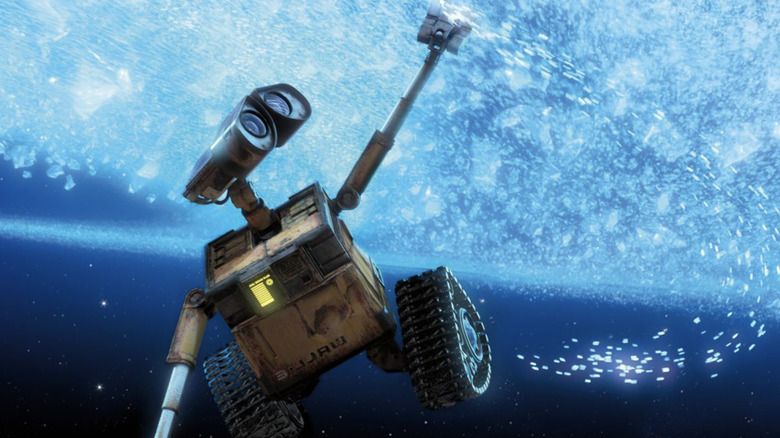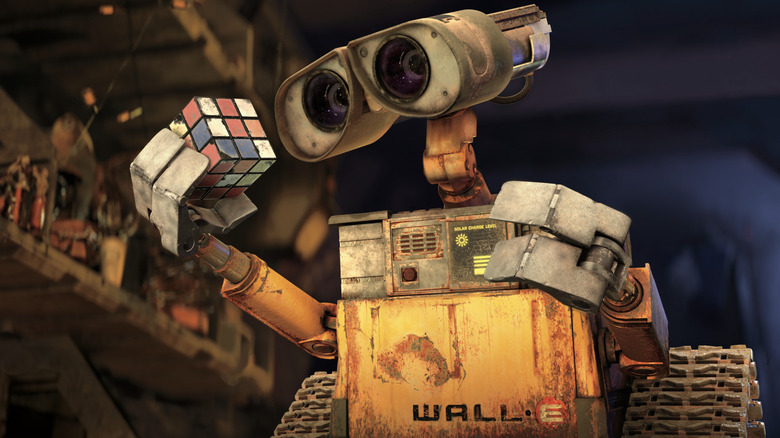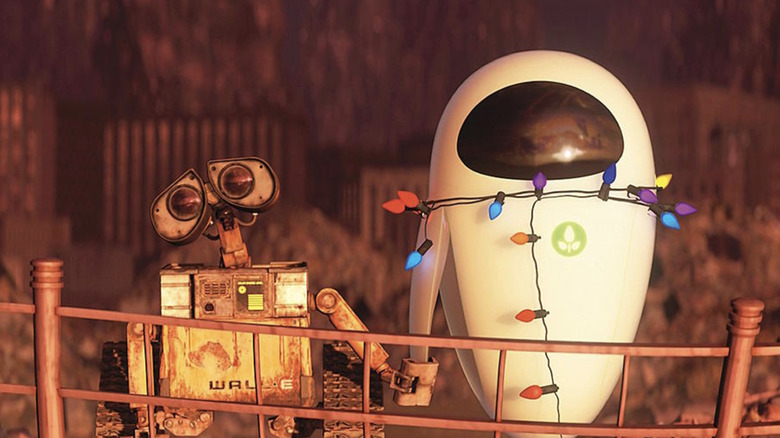WALL-E Director Andrew Stanton Says Animation Is 'Completely Underestimated' [Exclusive]
The validity of animation as a medium is one that's repeatedly been called into question for all the wrong reasons. From recent comments by Disney CEO Bob Chapek, it's clear that some high-level authorities in the industry have an archaic way of looking at animation. The beautiful medium of animation has led to plenty of powerful and moving stories for all ages, and the ability artists and storytellers have to push the limits of storytelling that conventional live-action stories cannot make animated projects that much more potent.
From the works of acclaimed filmmaker Satoshi Kon to stop-motion animated projects like Adam Elliot's Mary and Max and Guillermo del Toro's upcoming adaptation of "Pinocchio," it's clear that animation should not be overlooked. However, Andrew Stanton, director of Pixar films like "Finding Nemo" and "WALL-E," believes that the medium is sorely underestimated in its potential to tell stories that resonate with viewers of all ages. With the recent reveal that "WALL-E" is set to come to the Criterion Collection this November, the inclusion feels unprecedented. Moreover, its consideration as a contemporary classic by Criterion standards may just help audiences better understand that animation is more than just for entertaining children.
Embracing the grayness of life
In /Film's interview with Andrew Stanton, the director spoke in detail about animation and how he never approached his work in the medium s childlike or simplistic. It's quite the opposite because, whether intentionally or not, Stanton brings complexity to his stories:
"There's a level of depth, sophistication, and complexity that I think, from the get-go, unconsciously to consciously, we've been trying to put into anything that I've been doing in animation. I'm not interested in dumbing things down. I'm interested in how can I get you to want to read a more complicated book?"
While "WALL-E" could be appreciated for its aesthetic and the physicality in its storytelling by both adults and children, the film's themes are better appreciated by more mature viewers. Commentaries on environmentalism and the industrial complex are shown in the darker moments of "WALL-E." The clever way the film weaves its profound and timeless themes into its playful and romantic sci-fi story is a big reason why it's a part of the Criterion collection. For that reason, Stanton feels a connection with other films found in the collection:
"A lot of those [arthouse] films were films Criterion happens to have in its library, so there's a kinship there. I just feel there's a certain beauty and complexity and embracing of the grayness of life that doesn't have to be shied away from all ages."
The untapped potential of animation
The potential animation has is something Andrew Stanton firmly believes in, and the ways that it can tell meaningful stories makes the director passionately go against the idea of it being made just for children:
"I never signed up to be a babysitter or to hide the truth. I signed up for leaning into the truth, and how do I make it as palatable as possible? So it's the opposite for me. I sometimes bristle at how a lot of the world sees and assumes what animation should do. I've always seen it as a means to do more than anybody, that it's completely underestimated and can do so much more. If [Criterion] thinks that about 'WALL-E,' then I'm very proud of it."
"WALL-E" and its placement in the Criterion Collection is an unexpected and unprecedented move simply because of the title's popularity and the film's marketing at the time of its release. Pixar has always been championed as a studio that thrives on making entertaining stories for all ages. Suppose Criterion can help the uninspired like Chapek better understand the potential to reach a vast amount of audiences beyond children with animation; if that's the case, we can only hope that Criterion will add even more well-known animated films to the collection in the future.


